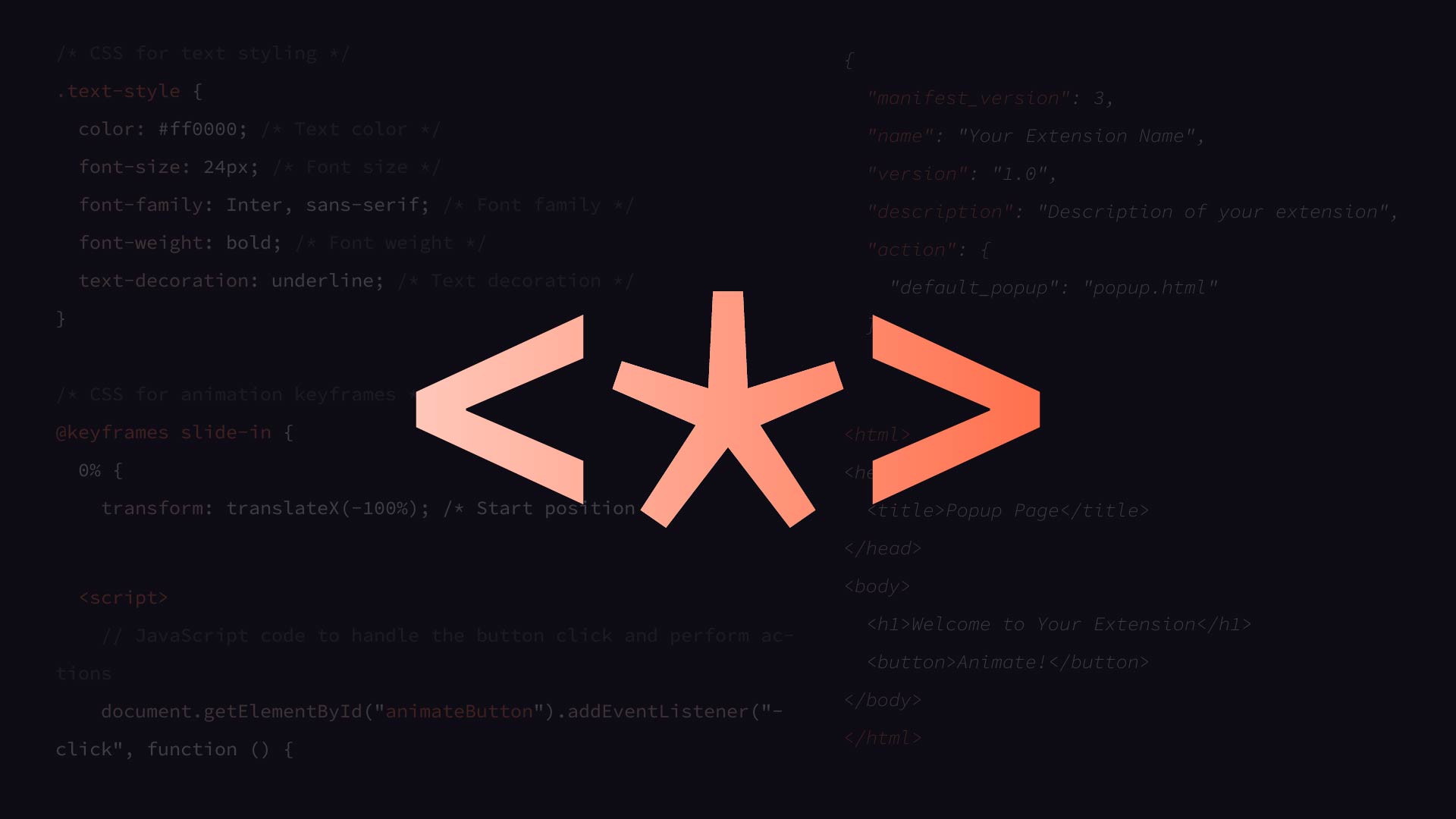In today’s fast-paced digital landscape, the demand for mobile applications has skyrocketed. Businesses and developers are constantly seeking efficient ways to reach a broader audience without the burden of creating separate apps for each platform. This is where cross-platform development shines. In this blog post, we’ll embark on a journey to explore the exciting world of cross-platform development and discover how it’s changing the game for app development.
Understanding Cross-Platform Development
Cross-platform development is the practice of creating mobile applications that can run on multiple operating systems and platforms, such as iOS and Android, using a single codebase. This approach allows developers to maximize code reuse, save time, and reduce development costs. Let’s delve into some key aspects of cross-platform development:
1. The Role of Frameworks
Cross-platform development relies heavily on frameworks and tools that enable developers to write code once and deploy it across multiple platforms. Some popular frameworks include React Native, Flutter, Xamarin, and Ionic. These frameworks provide a bridge between the code and the native components of each platform, ensuring a native-like user experience.
2. Code Reusability
One of the primary advantages of cross-platform development is code reusability. Developers can write a single codebase that can be shared across different platforms, reducing the need to create and maintain separate codebases for iOS and Android. This streamlines development and simplifies maintenance.
3. Faster Development Cycles
Cross-platform development accelerates the app development process. With a single codebase, developers can make updates and improvements simultaneously for all platforms, reducing development cycles and time-to-market.
4. Cost-Efficiency
By minimizing the need for platform-specific developers and resources, cross-platform development can be cost-effective. It allows businesses to reach a wider audience without significantly increasing development expenses.
5. Native Performance
Modern cross-platform frameworks are designed to provide native-level performance. They leverage native components and APIs to ensure that the user experience matches that of a natively developed app.
Exploring Cross-Platform Frameworks
Let’s take a closer look at some of the leading cross-platform development frameworks:
1. React Native
Developed by Facebook, React Native is a popular JavaScript framework. It allows developers to build mobile apps using React, a popular web framework. React Native offers a rich ecosystem of libraries and components and is known for its performance.
2. Flutter
Google’s Flutter is an open-source framework that uses the Dart programming language. It provides a rich set of widgets and tools for building visually appealing and highly performant applications. Flutter’s “write once, run anywhere” philosophy makes it a favorite among developers.
3. Xamarin
Owned by Microsoft, Xamarin allows developers to build cross-platform apps using C#. It provides deep integration with the Microsoft ecosystem and offers a robust set of tools for building apps for iOS, Android, and other platforms.
4. Ionic
Ionic is an open-source framework for building web-based mobile applications using web technologies like HTML, CSS, and JavaScript. It offers a wide range of pre-built UI components and is particularly popular for building hybrid mobile apps.
The Future of Cross-Platform Development
As technology continues to advance, the future of cross-platform development looks promising. With the increasing demand for mobile apps and the need to target multiple platforms efficiently, cross-platform development will likely remain a crucial part of the software development landscape. Frameworks will continue to evolve, offering even better performance and more native-like experiences.
In conclusion, cross-platform development has revolutionized the way mobile apps are built and has opened doors for businesses and developers to reach wider audiences effectively. Whether you’re a seasoned app developer or just getting started, exploring the world of cross-platform development can be a game-changer in your quest to create innovative and accessible mobile applications.

